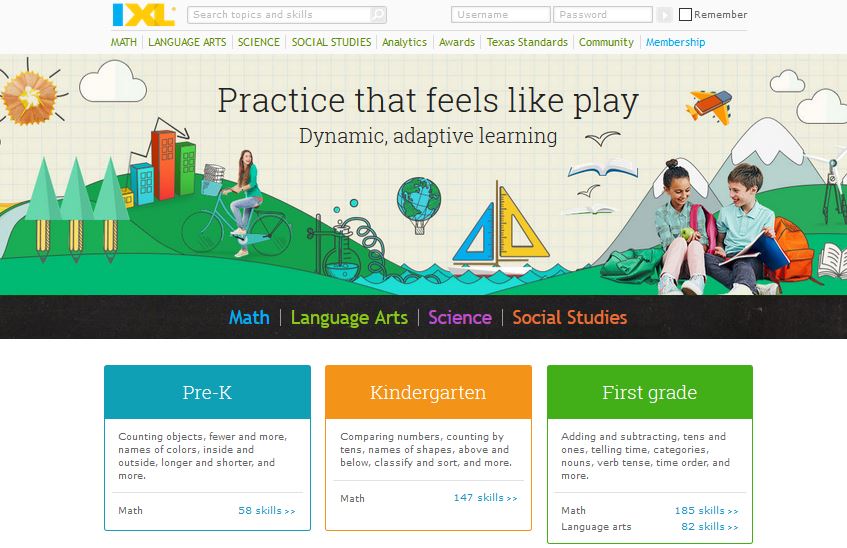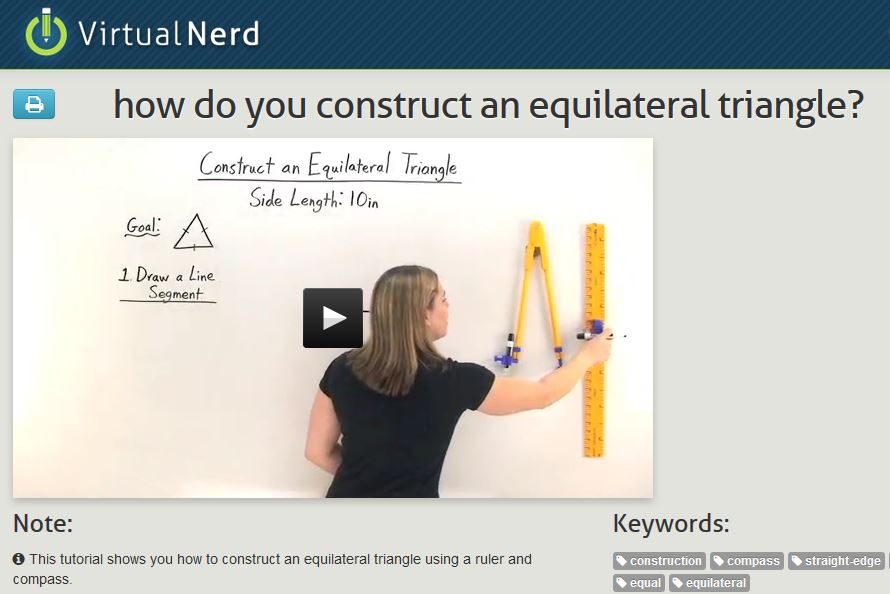Posted by Charles | Posted in walden | Posted on August 3, 2016

Today, in the age of digital learners, there is a stronger need for a more visual approach to presenting material. The digital generation has been exposed to several different forms of information including television, videos, computer games, and multi-sensory experiences (book sources). While there is data to support the need for this rich media content there is still some reluctance among many in the field to support this need. The primary source of information, for many students, is still text and images. Although these two sources of information are still beneficial, they lack some of the benefits that other types of media have to offer. In order to reap the benefits of each of the media sources, it is would be wise to take a close look at Media Fluency. One might assume that Media Fluency is related to the how well one can operate technology tools.
There is much more to Media Fluency, it requires choosing the appropriate and effective medium that is best suited for the particular message that is intended (source). There are two components associated with Media Fluency which include listening and leverage. The listening component in tales the ability to decode the real message with a range of media. The leverage component revolves around matching the medium to the message. In some cases, it may be beneficial to use a podcast to relay information while other time a video may be more suitable.
Along with Media Fluency, Collaboration Fluency can aid the growth of student learning. There are 5 E’s associated with Collaboration Fluency which are Establish, Envision, Engineer, Execute, and Examine. Establishing key components such as groups, roles, norms, and leadership, to name a few, are essential to beginning the collaboration fluency process. The envision stage requires one to define the problem, specify information that is needed, and developing a plan of action. The most critical element that one must consider in the engineering stage is having a plan that can be evaluated as work progresses. The execute stage is putting the plan into action. The final stage, examine, involves the team or group to reevaluate the process for its effectiveness.
One strategy that I have used in the past to address media fluency and collaboration fluency is the use of social media. Students have, in the past, used various social media platforms to various polygons that were being discussed. Students were to create profiles of at least three polygons which were to include photos and profile information regarding their polygons. Once the profiles were complete, students were encouraged to communicate with other profiles that had been created in the classroom. I have found the use of social media platforms and other platforms that resemble social media, such as Edmodo, to be very engaging and popular with high school students. It has been shown that up to ninety-one percent of the parent have noticed a gain in learning when education media is used in the classroom (Devaney, 2014).
The production of music or a short movie trailer have also been used to encourage media and collaboration fluency. Students would either create a short movie trailer or compose a song to the topic of discussion, such as trig ratios. The creation of either of the media required students to address the 5 E’s associated with the collaboration process. Students began by establishing roles and responsibilities along with defining the scope of the project. Students would then envision the outcome of the project. Once they have envisioned the solution they begin to engineer a workable plan. Students will then execute their plan and create a product that utilizes their various strengths. Finally, the students can examine the process to determine if the goal was achieved.
Crockett, L., Jukes, I., & Churches, A. (2011). Literacy is not enough: 21st-century fluencies for the digital age. Thousand Oaks, CA: Corwin.
Devaney, L. (2014). How does educational media impact children? Retrieved from http://www.eschoolnews.com/2014/01/27/educational-media-use-864/?


 There are several tools that are available that provides students the opportunity to interact with one another, without having to be in the same location. One possibility, for communication, is the creation of a web page or website. There are currently several sites that provide users the ability to create a free website with little to no technical experience. An alternative to creating a website could be the use of social media. While most would use caution in using personal social media to interact with other peers in an educational setting, there are new educational alternatives. One popular social media alternative specifically for students and teachers is Edmodo. Edmodo provides students and teachers with the same feel of facebook or twitter but in a safer environment. Globester is yet another example of how students can interact with peers in an online format. Blogging and Wiki spaces would also provide students the ability to interact in a unique way. As you can see there are a plethora of tools at the disposal of teachers and students. It is simply a matter of finding what works best for a specific application.
There are several tools that are available that provides students the opportunity to interact with one another, without having to be in the same location. One possibility, for communication, is the creation of a web page or website. There are currently several sites that provide users the ability to create a free website with little to no technical experience. An alternative to creating a website could be the use of social media. While most would use caution in using personal social media to interact with other peers in an educational setting, there are new educational alternatives. One popular social media alternative specifically for students and teachers is Edmodo. Edmodo provides students and teachers with the same feel of facebook or twitter but in a safer environment. Globester is yet another example of how students can interact with peers in an online format. Blogging and Wiki spaces would also provide students the ability to interact in a unique way. As you can see there are a plethora of tools at the disposal of teachers and students. It is simply a matter of finding what works best for a specific application. be a short assessment following the lesson. Based on the overall performance of the class they could win a “Free Homework Pass.” Upon completing the assessment via student responses system, results are instantly provided to the class. If students have a collective proficiency level of, let’s say, ninety percent they will each receive a free homework pass. This method encourages students to work collectively to meet a common goal. Another method that has shown promise is the use of badges. The use of a social media like resource called
be a short assessment following the lesson. Based on the overall performance of the class they could win a “Free Homework Pass.” Upon completing the assessment via student responses system, results are instantly provided to the class. If students have a collective proficiency level of, let’s say, ninety percent they will each receive a free homework pass. This method encourages students to work collectively to meet a common goal. Another method that has shown promise is the use of badges. The use of a social media like resource called  question is dependent on their progress; questions begin easy and gradually become more difficult. If a student misses a question, not only are points deducted but the difficulty level is also reduced. This reduction helps reinforce their prior knowledge before moving on to more challenging problems. To further aid in this reinforcement, detailed instructions are provided to students on the proper procedure to complete this missed problem. The program uses an algorithm to award and deduct points based on difficulty level, meaning questions are weighted differently. In most scenarios, when students miss a question there is no chance of receiving a one-hundred, this is not the case with IXL. Students can still be awarded a one-hundred on the assignment once the lesson as been mastered. As you can see there are many benefits to programmed instruction and how it aids in student performance. While websites such as the one discussed are great resources, it is important to remember that it does not replace other instructional strategies that are provided by teachers. “When students work with computer technology, instead of being controlled by it, they enhance the capability of the computer, and the computer enhances their thinking and learning” (Orey, 2001, sec 4).
question is dependent on their progress; questions begin easy and gradually become more difficult. If a student misses a question, not only are points deducted but the difficulty level is also reduced. This reduction helps reinforce their prior knowledge before moving on to more challenging problems. To further aid in this reinforcement, detailed instructions are provided to students on the proper procedure to complete this missed problem. The program uses an algorithm to award and deduct points based on difficulty level, meaning questions are weighted differently. In most scenarios, when students miss a question there is no chance of receiving a one-hundred, this is not the case with IXL. Students can still be awarded a one-hundred on the assignment once the lesson as been mastered. As you can see there are many benefits to programmed instruction and how it aids in student performance. While websites such as the one discussed are great resources, it is important to remember that it does not replace other instructional strategies that are provided by teachers. “When students work with computer technology, instead of being controlled by it, they enhance the capability of the computer, and the computer enhances their thinking and learning” (Orey, 2001, sec 4). each step of the process without having to watch the entire video. Along with the quick access to each step, students can also find quick links to other videos related to the topic. An example of this might include students working on trig ratio. As students are working on trig ratios there may come a point in which students may need Pythagorean Theorem; Virtual Nerd provides a convenient link to a video on Pythagorean Theorem. This is a great site to use with the flipped model.
each step of the process without having to watch the entire video. Along with the quick access to each step, students can also find quick links to other videos related to the topic. An example of this might include students working on trig ratio. As students are working on trig ratios there may come a point in which students may need Pythagorean Theorem; Virtual Nerd provides a convenient link to a video on Pythagorean Theorem. This is a great site to use with the flipped model.

